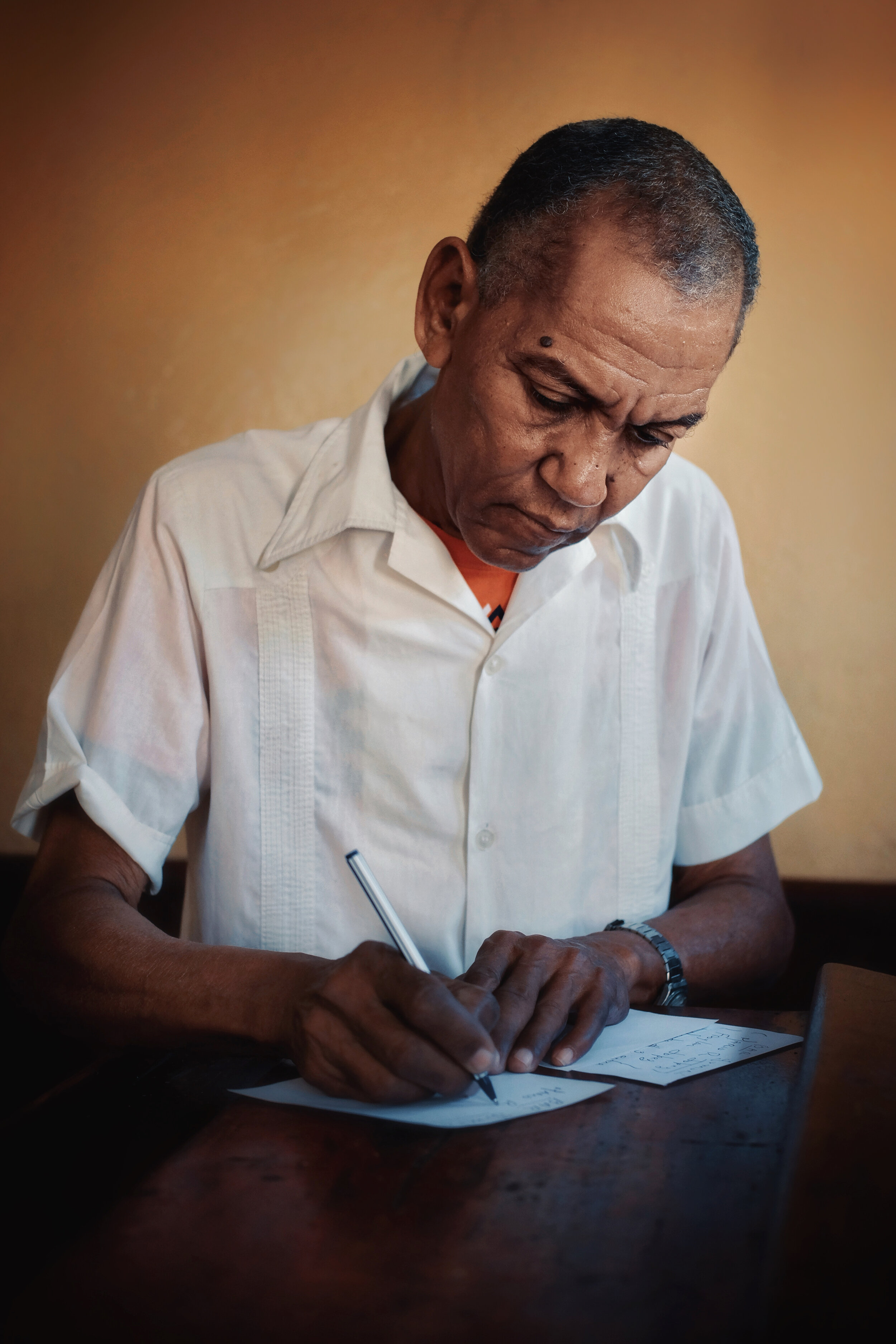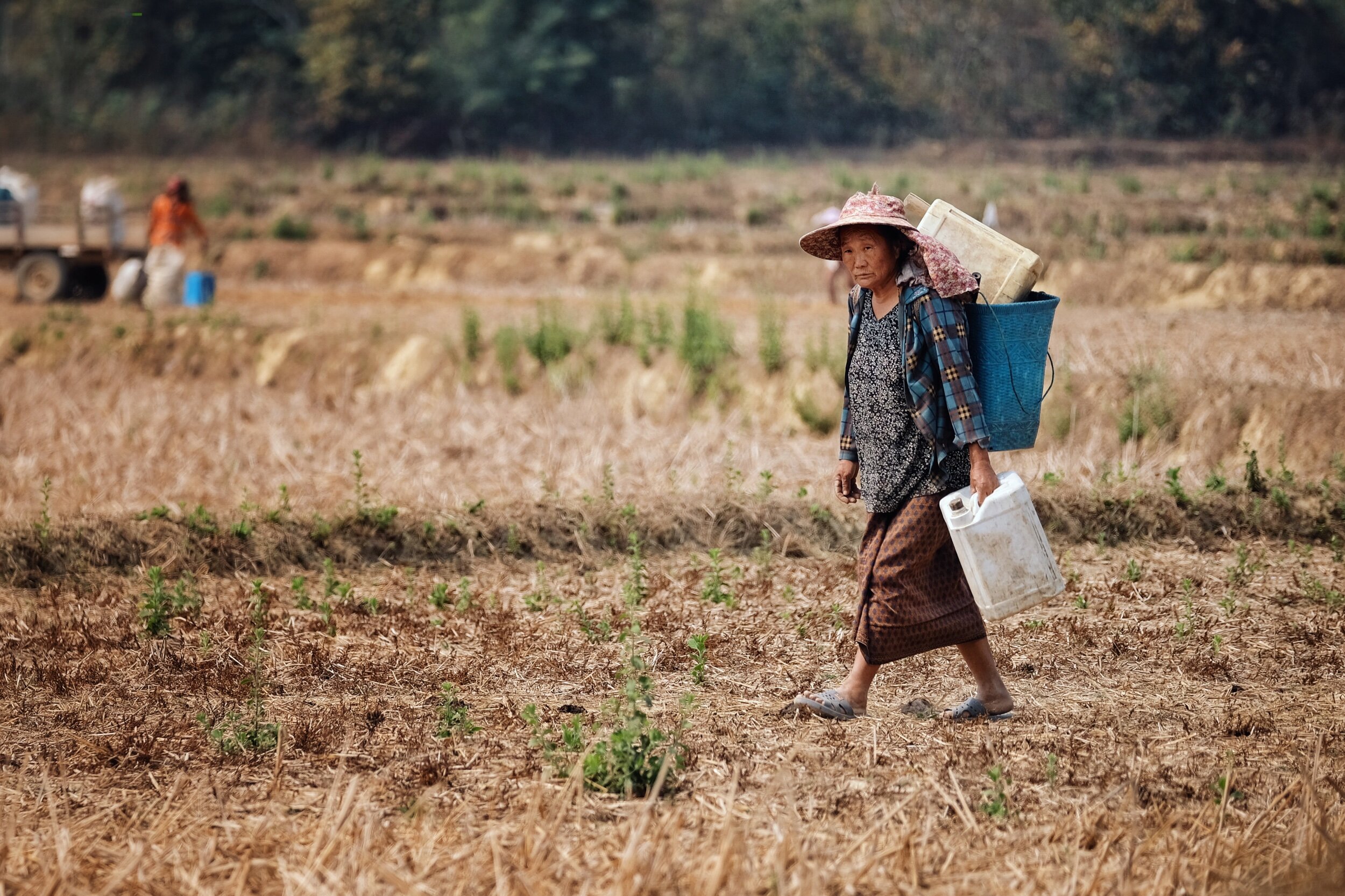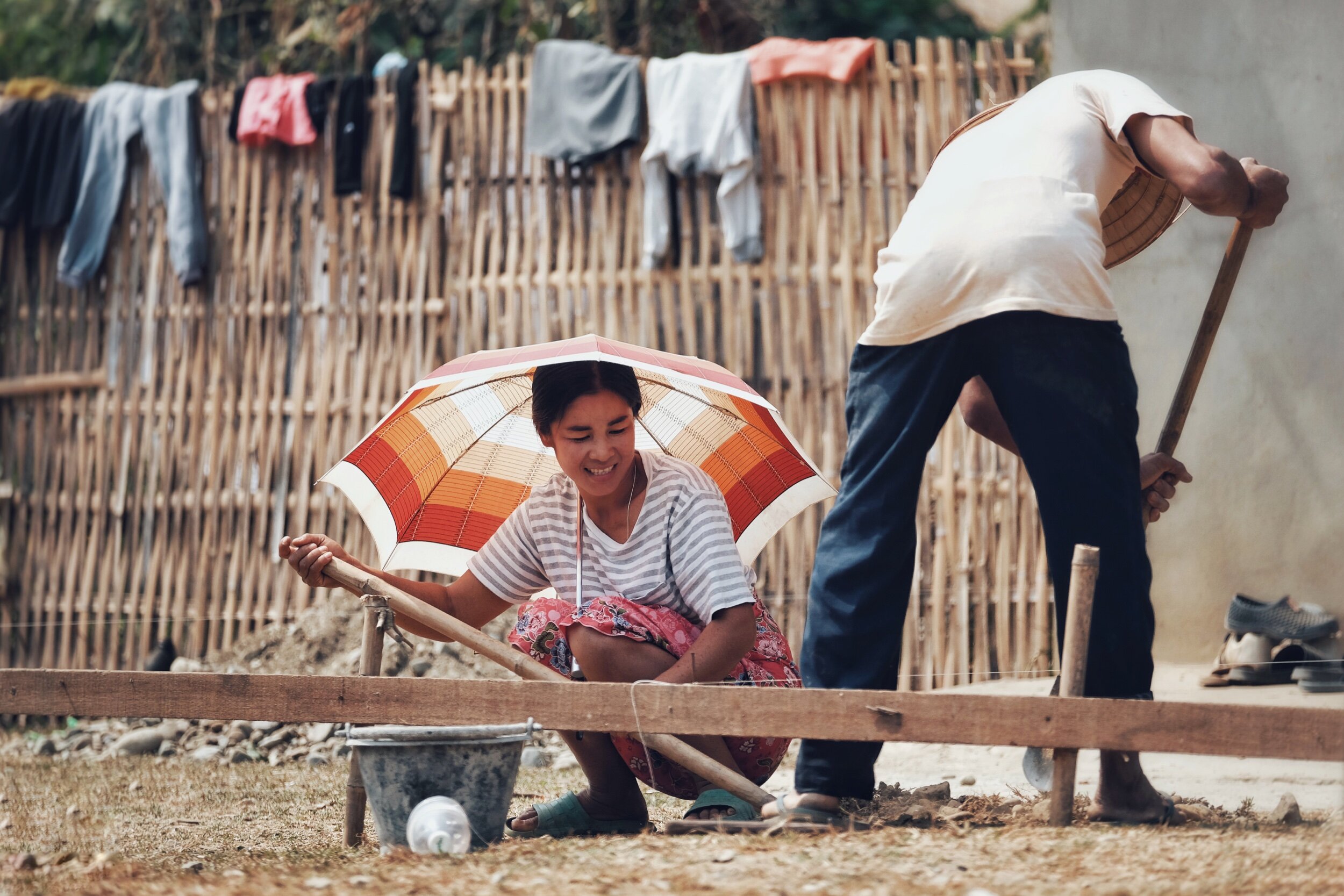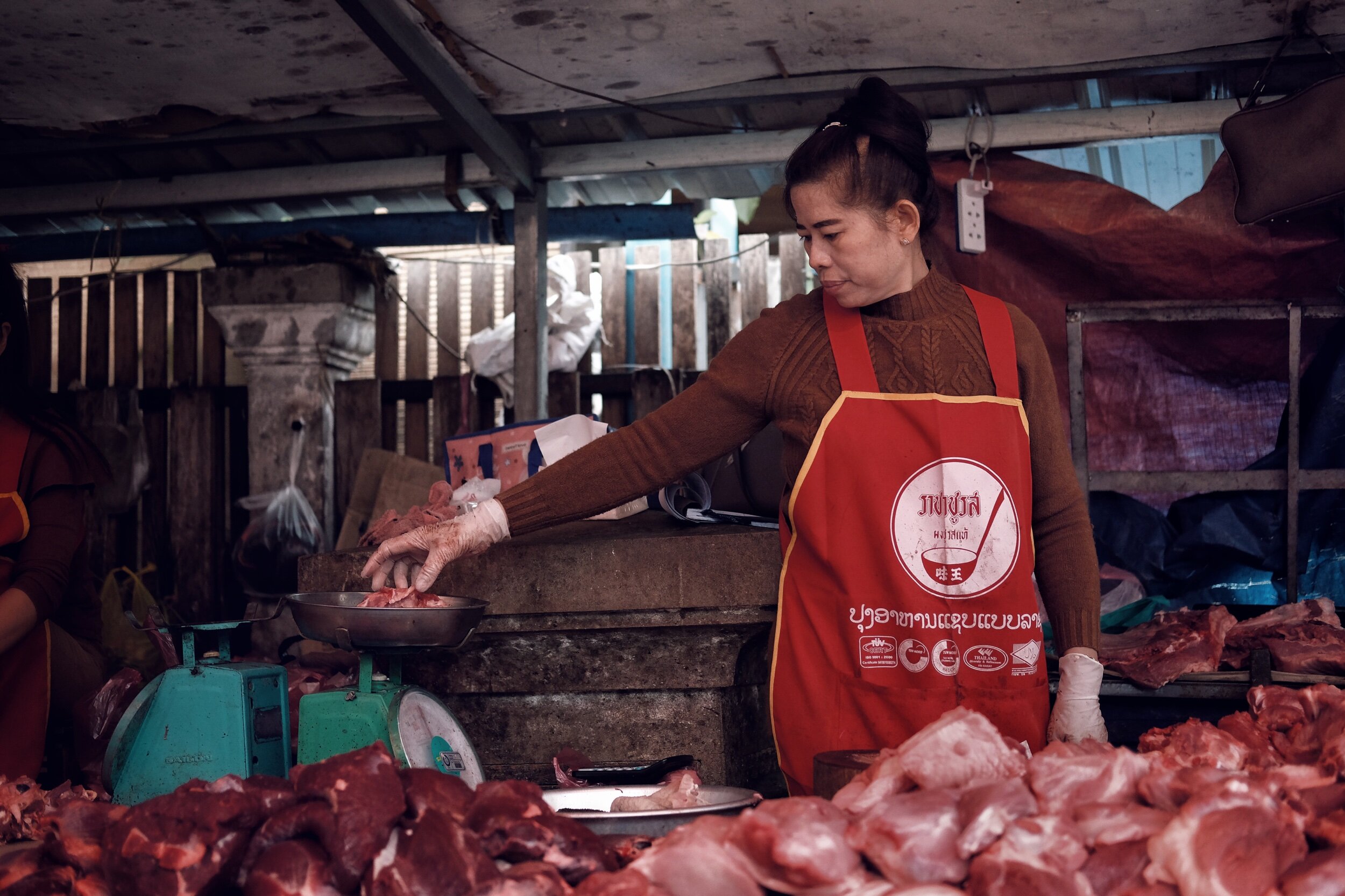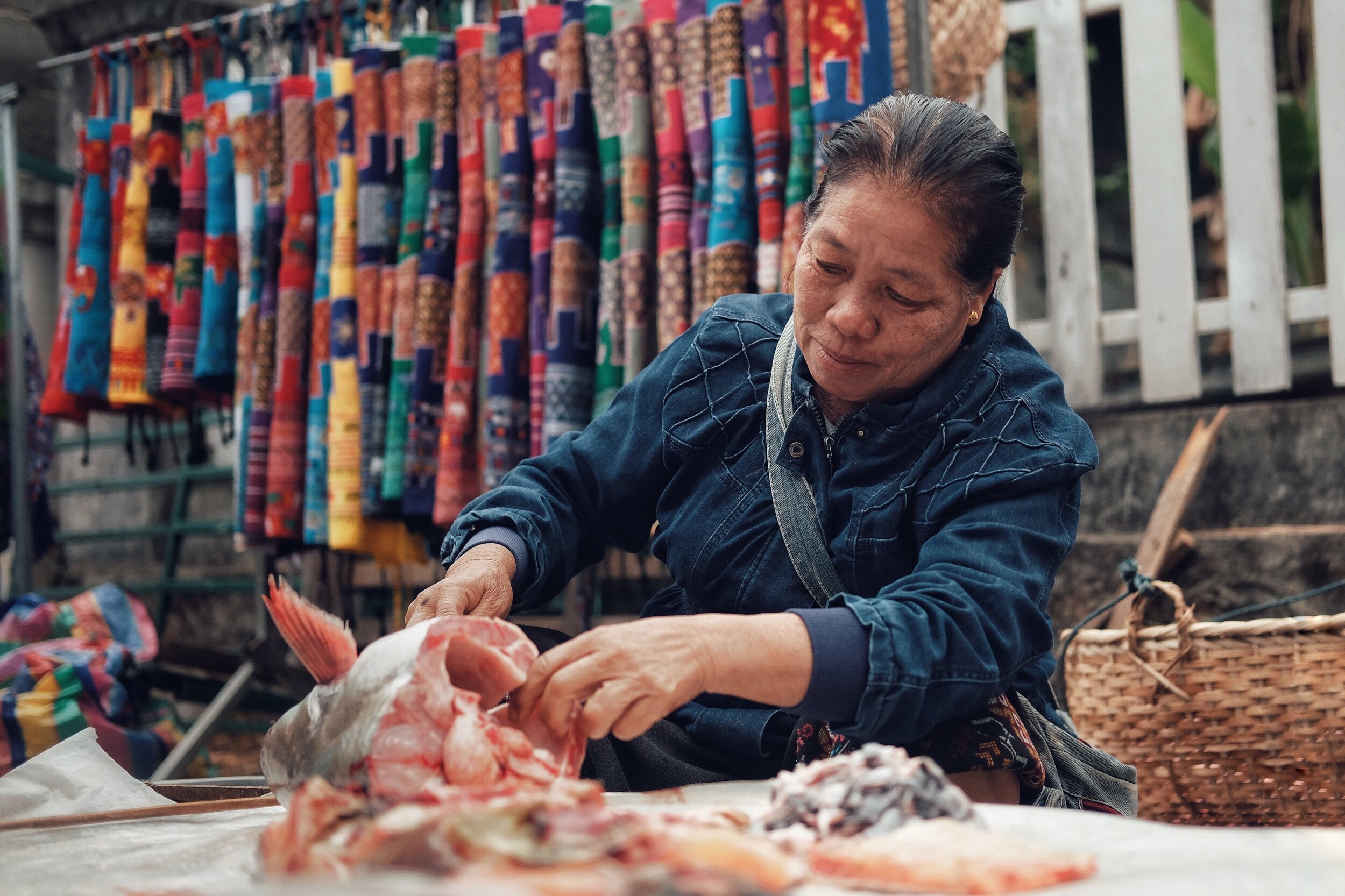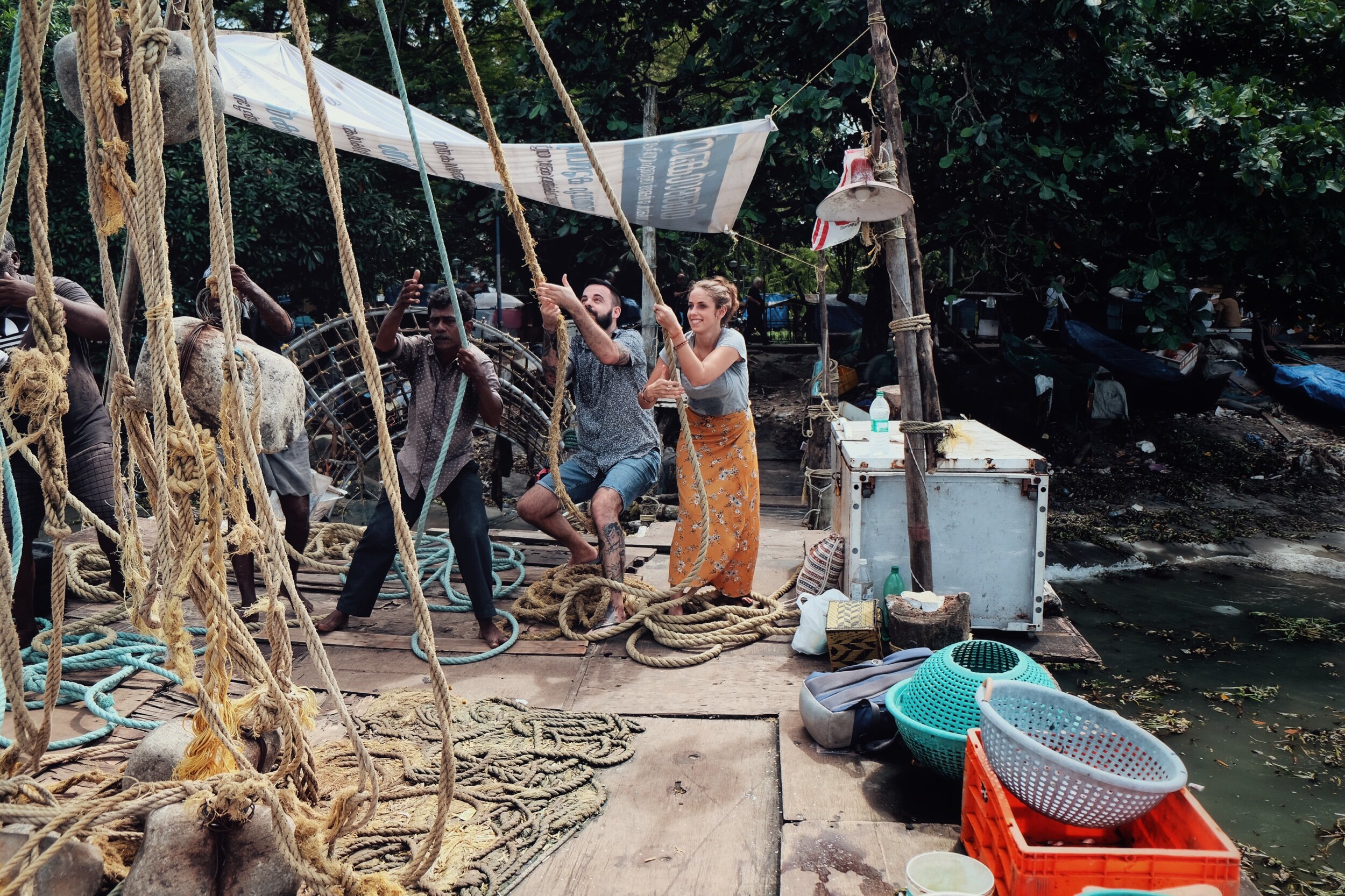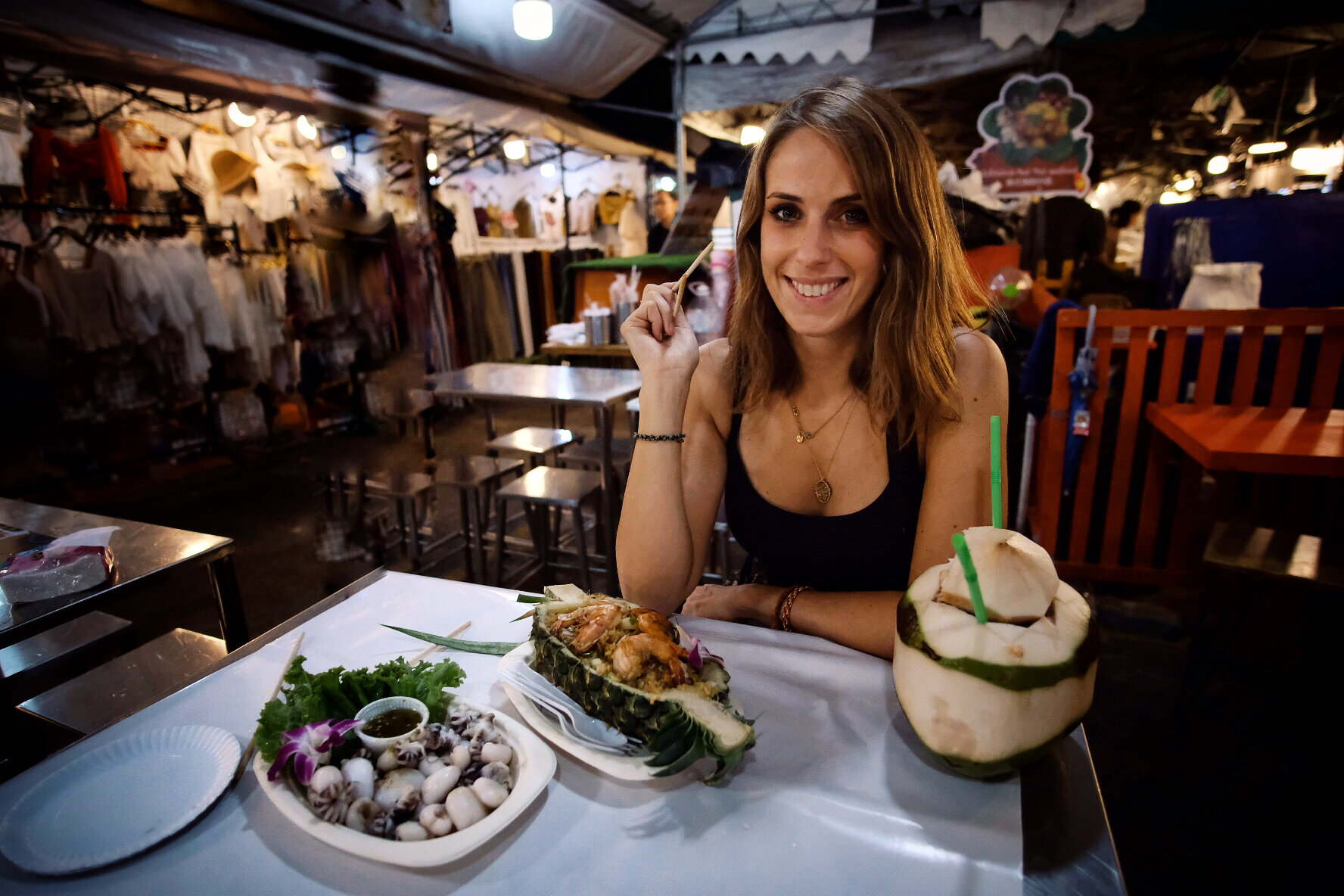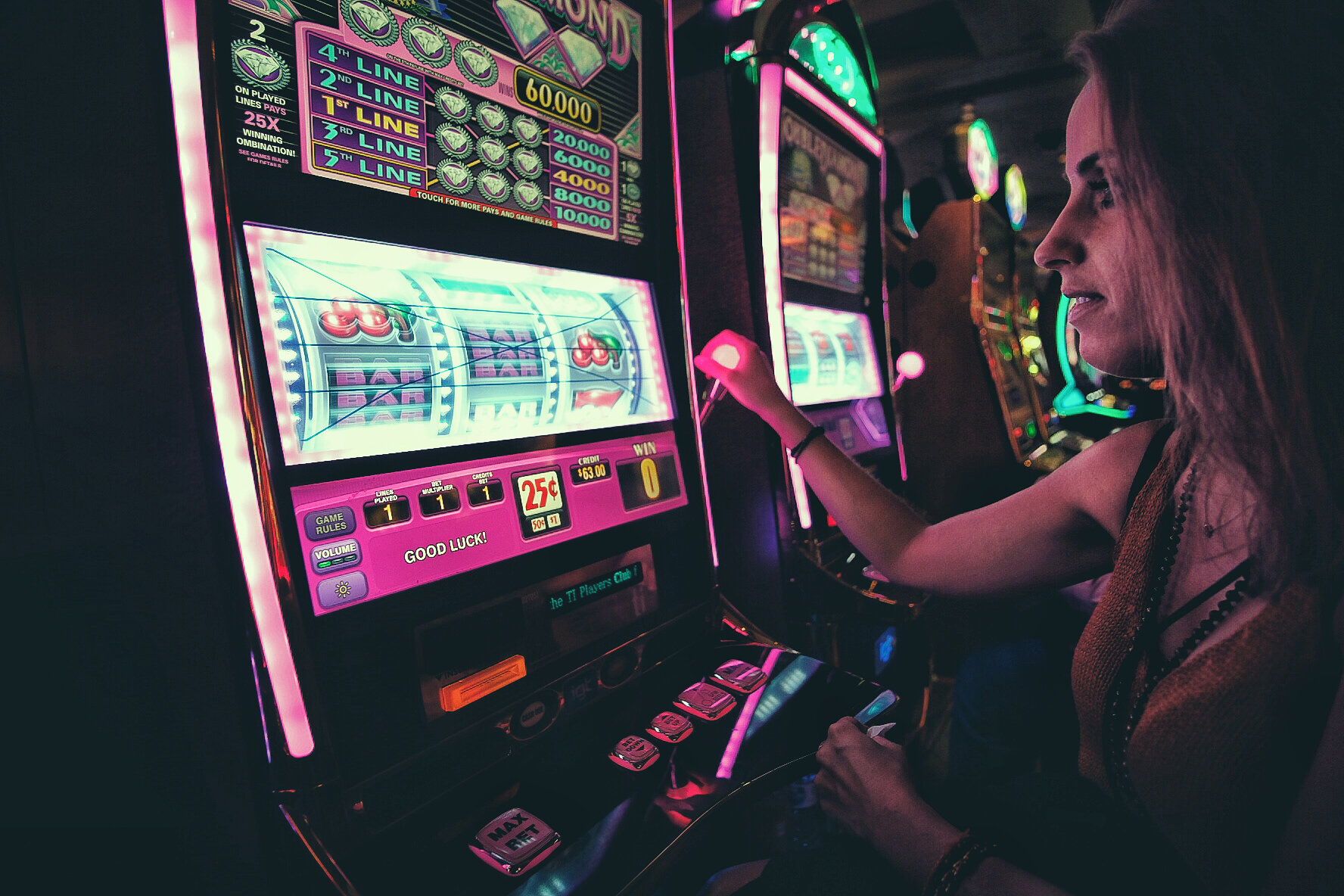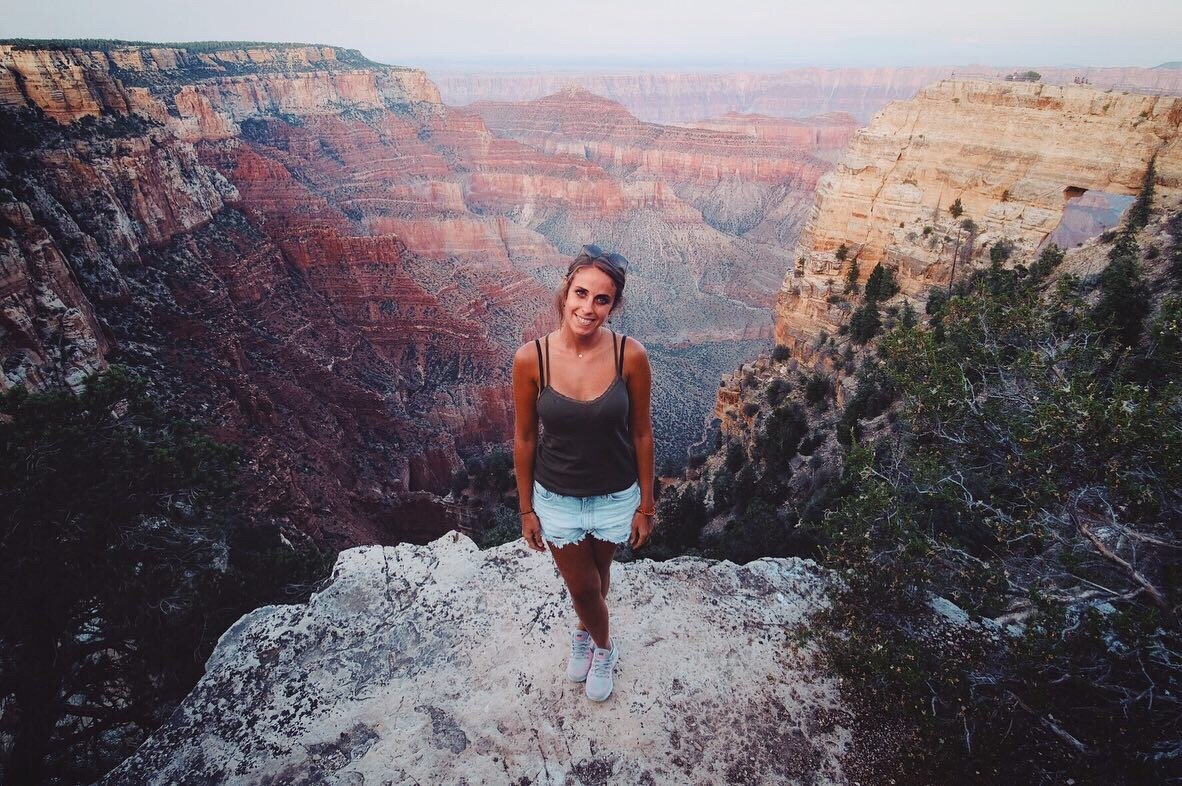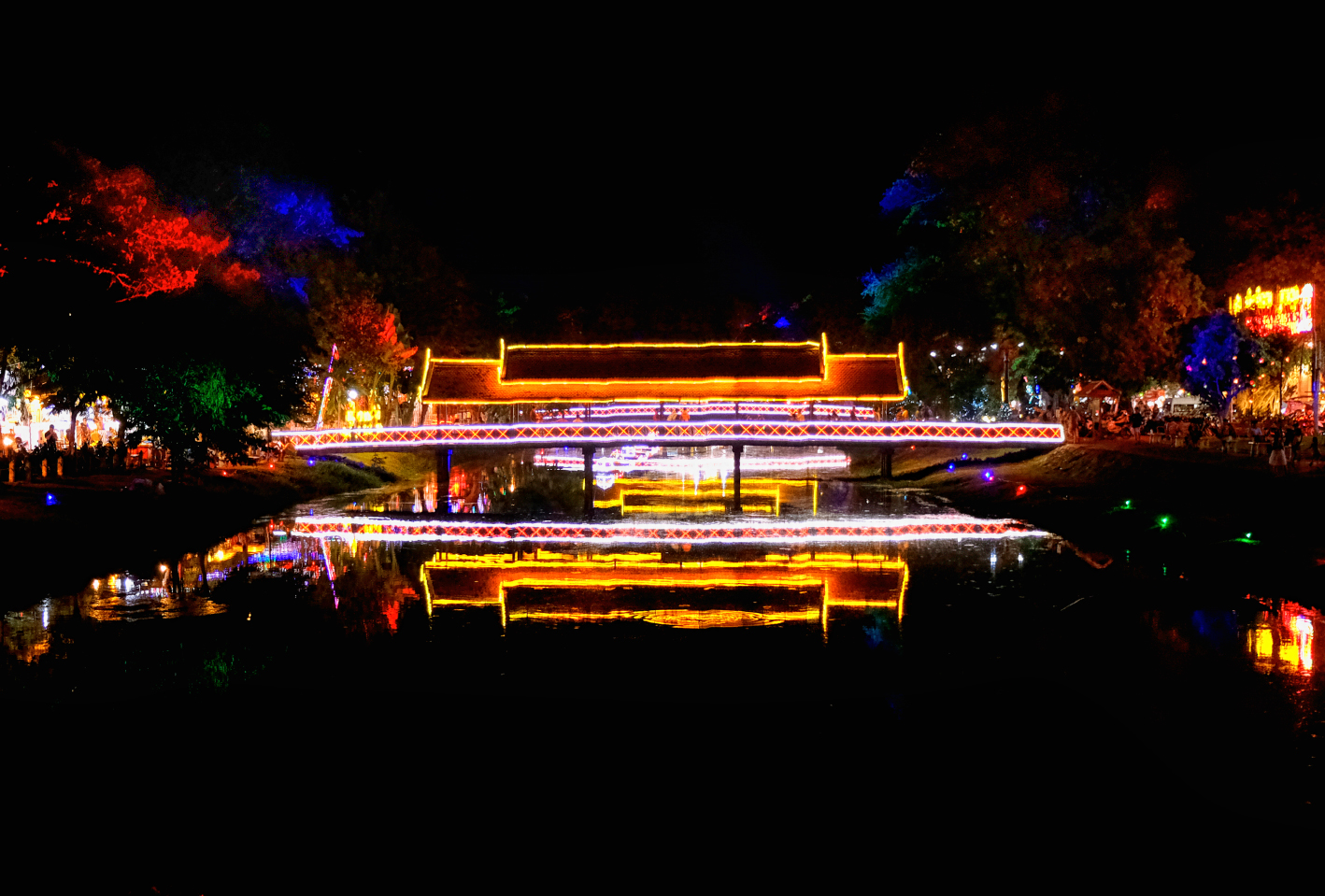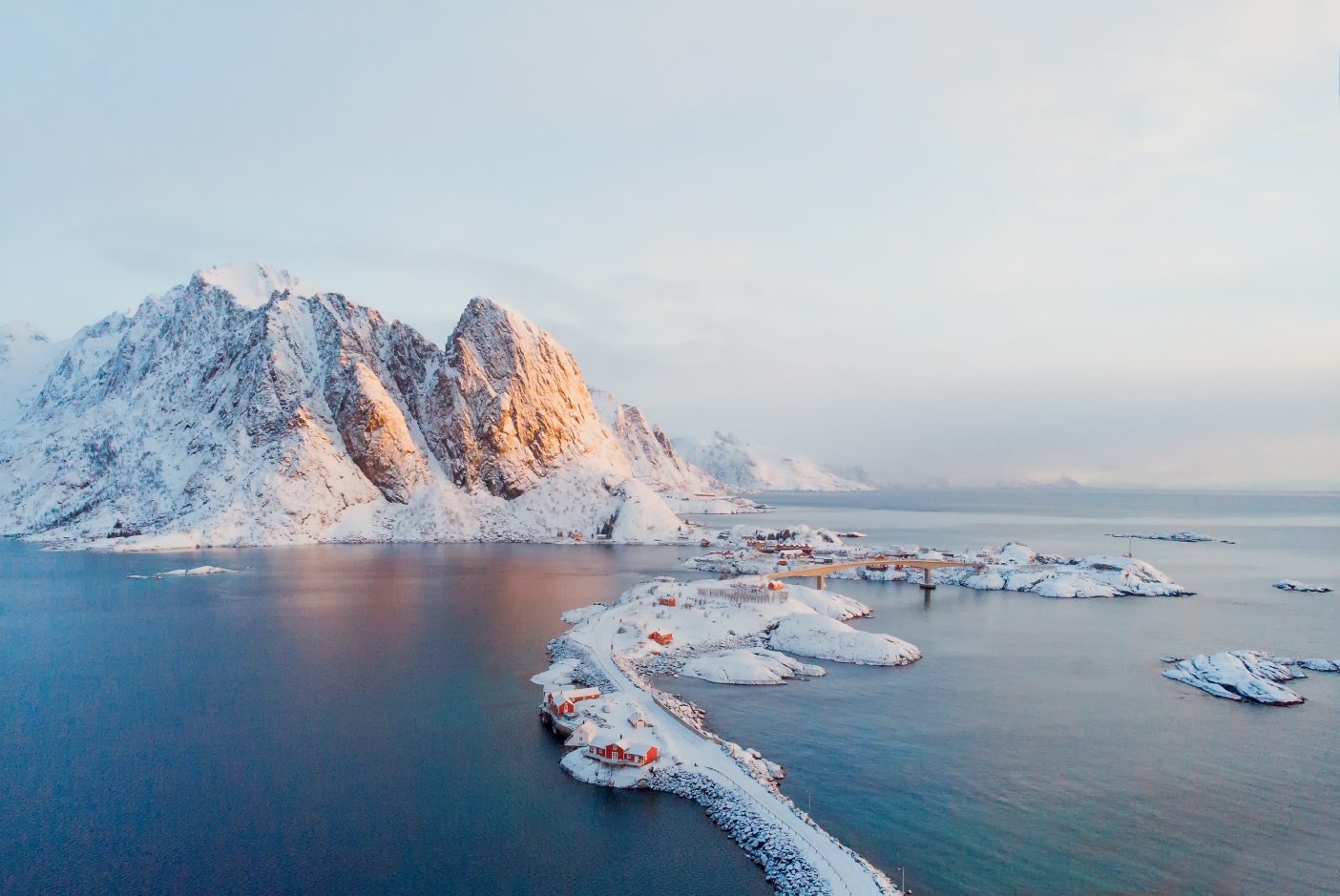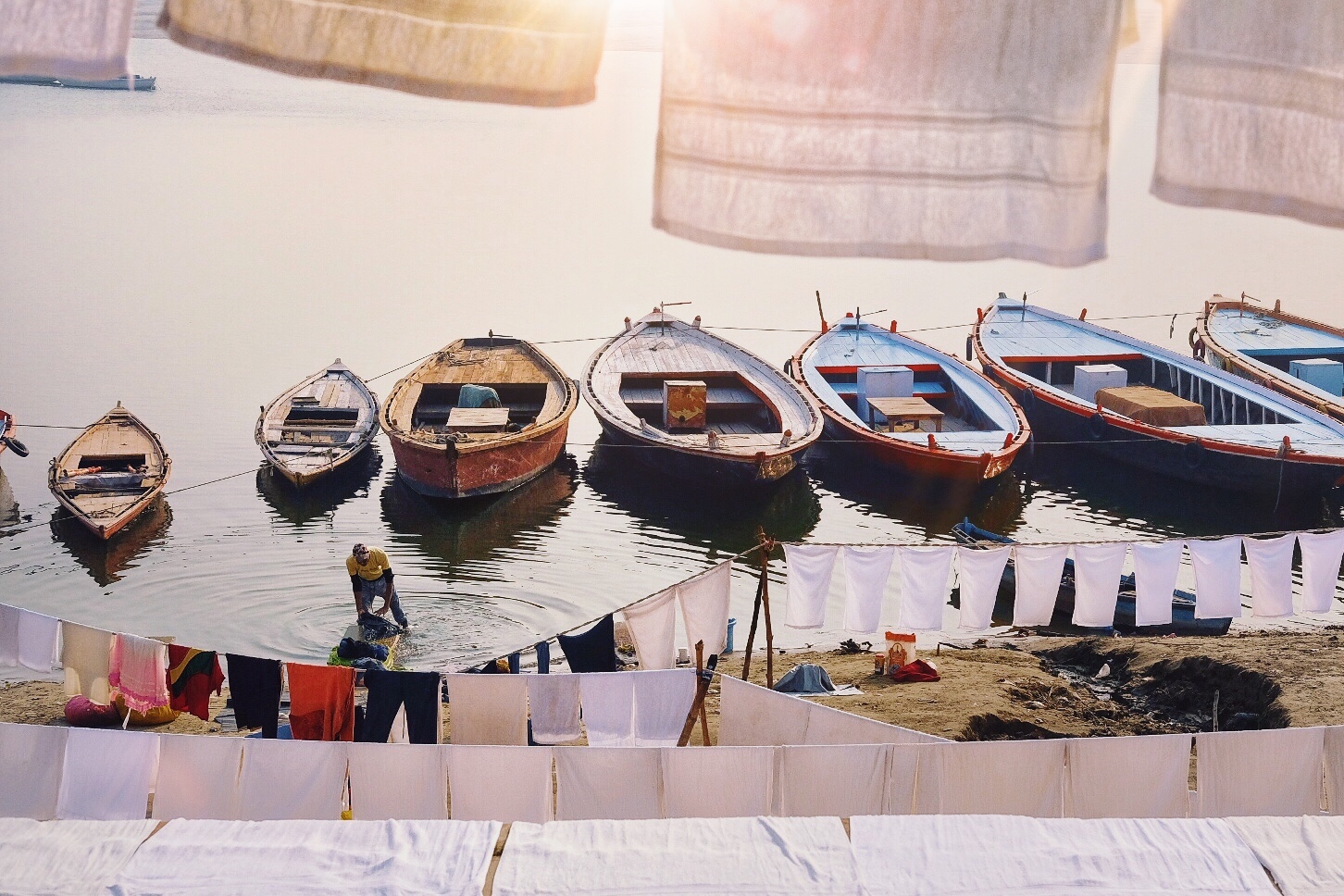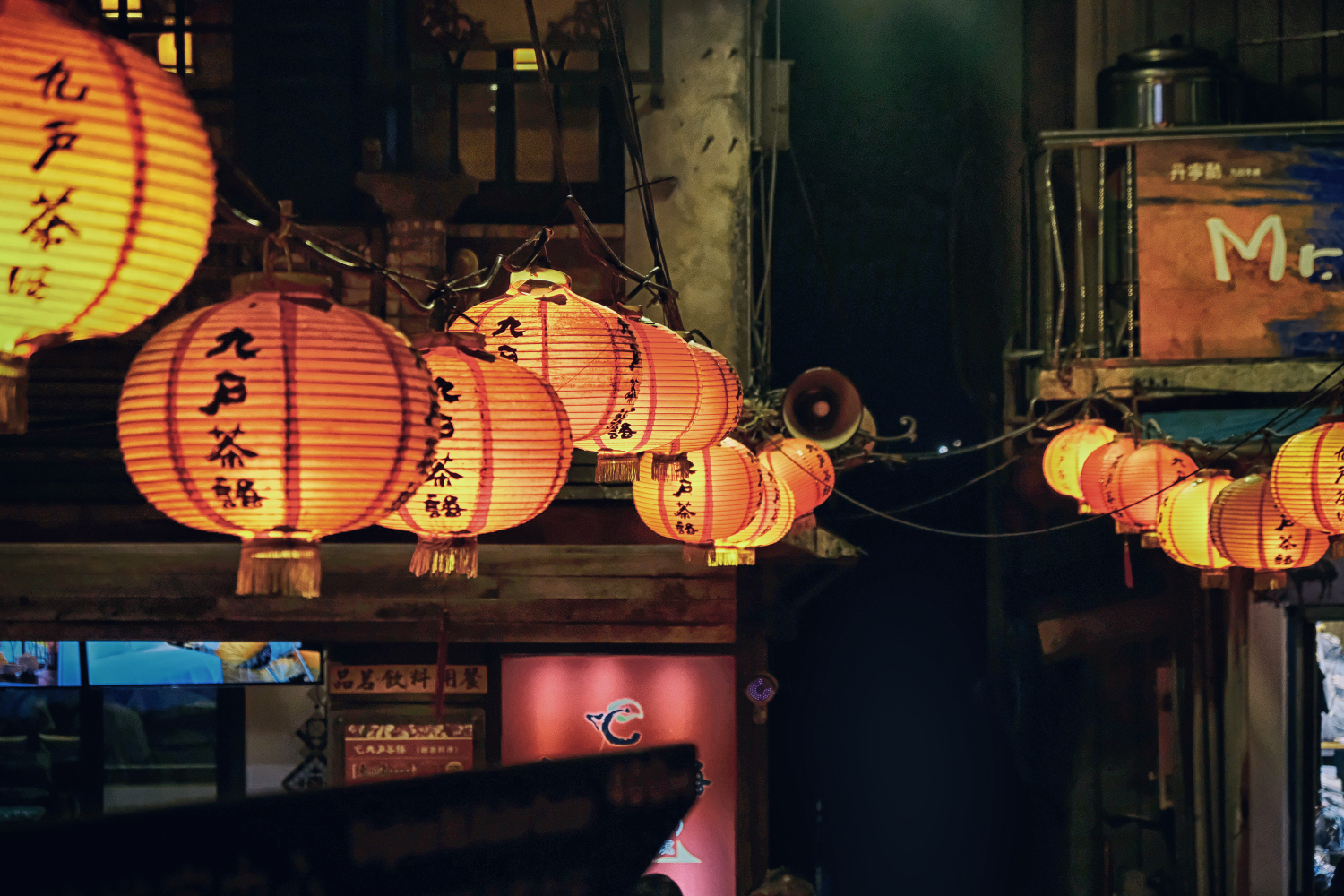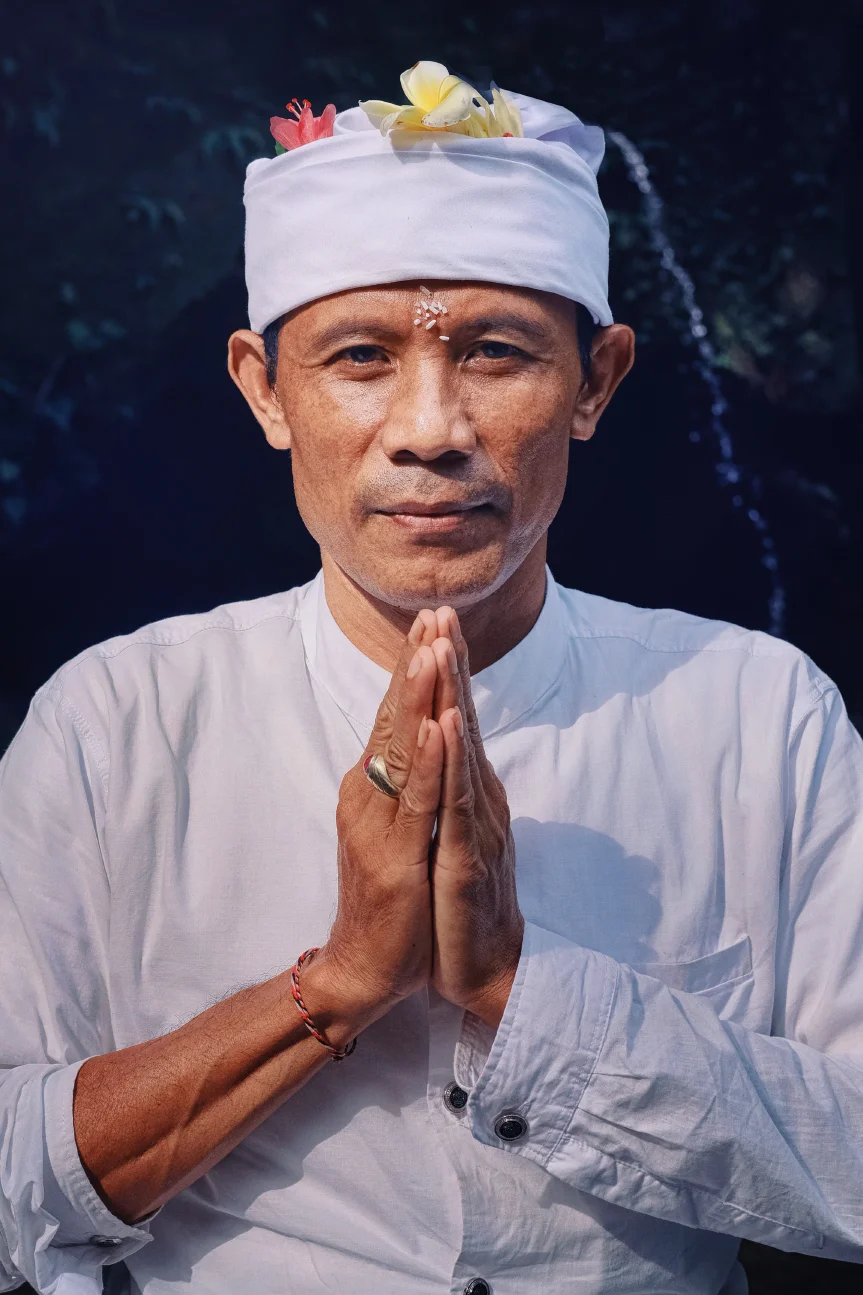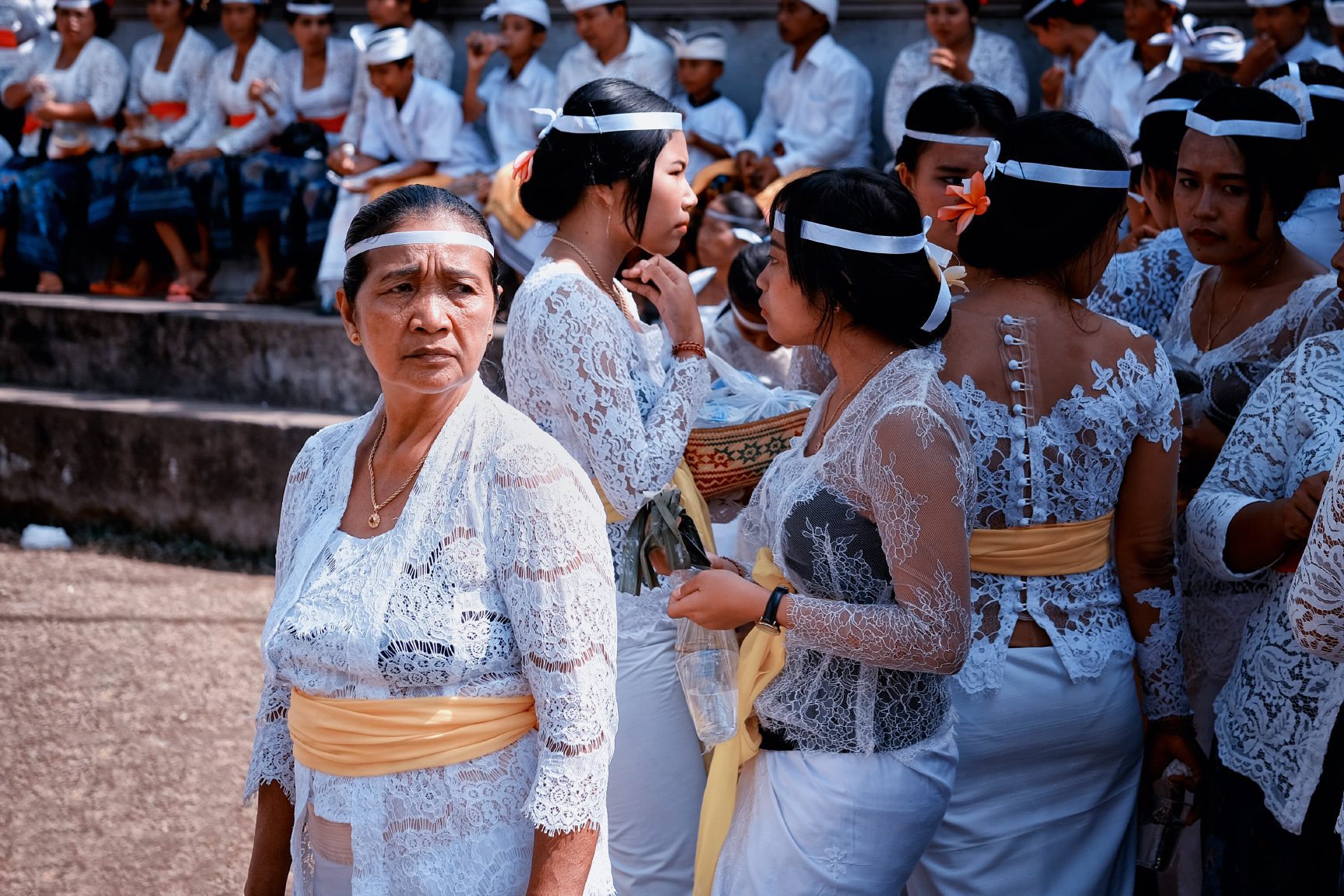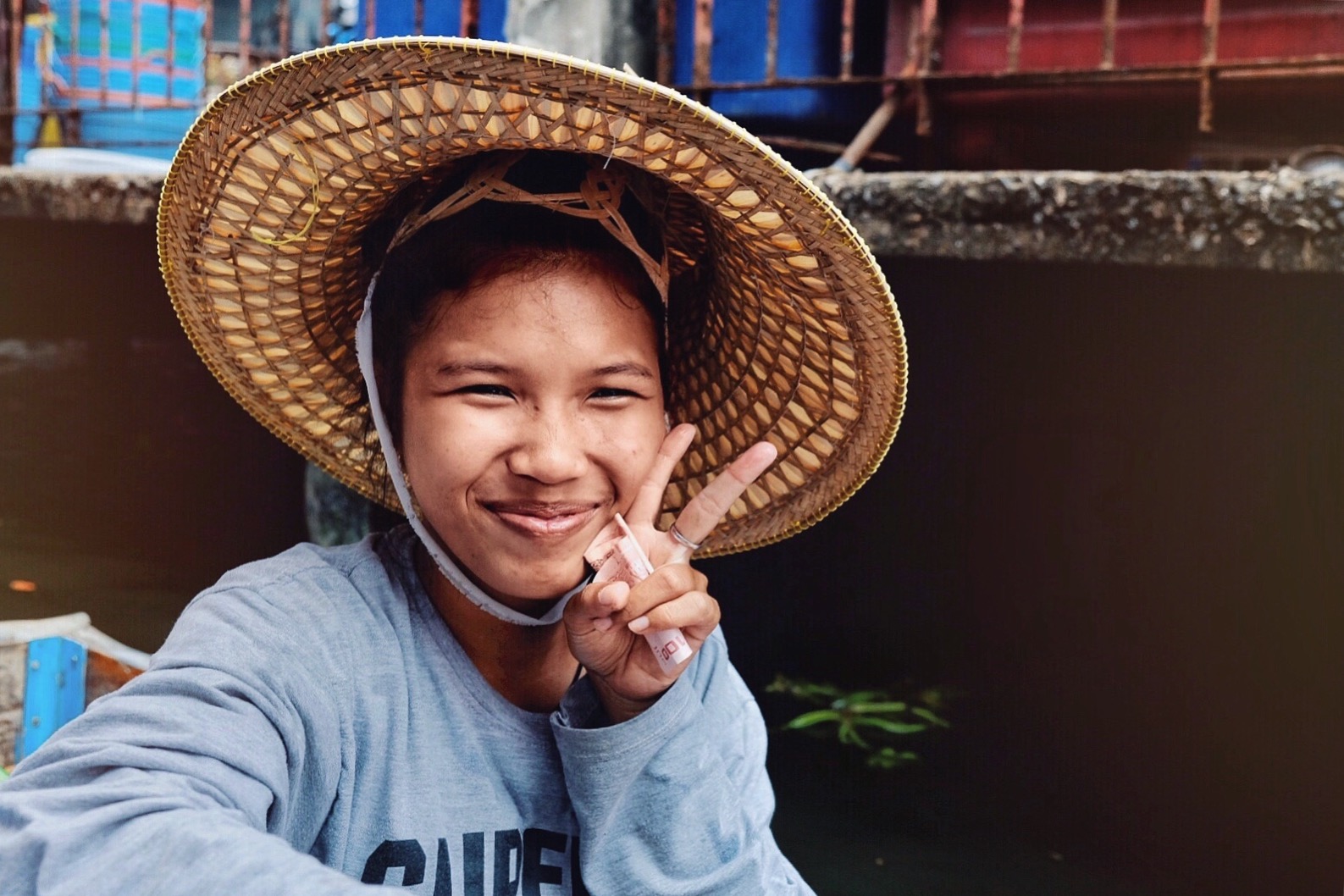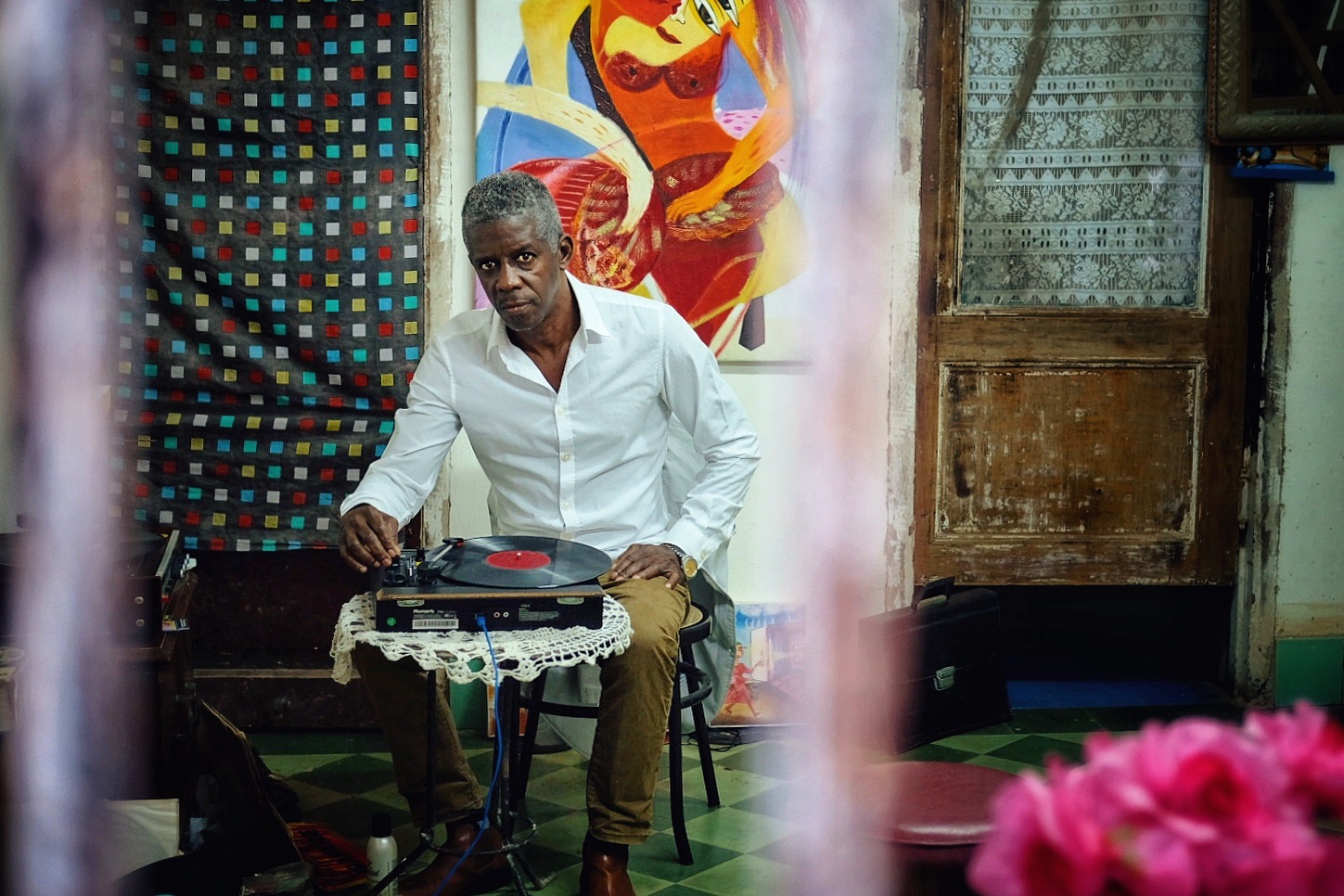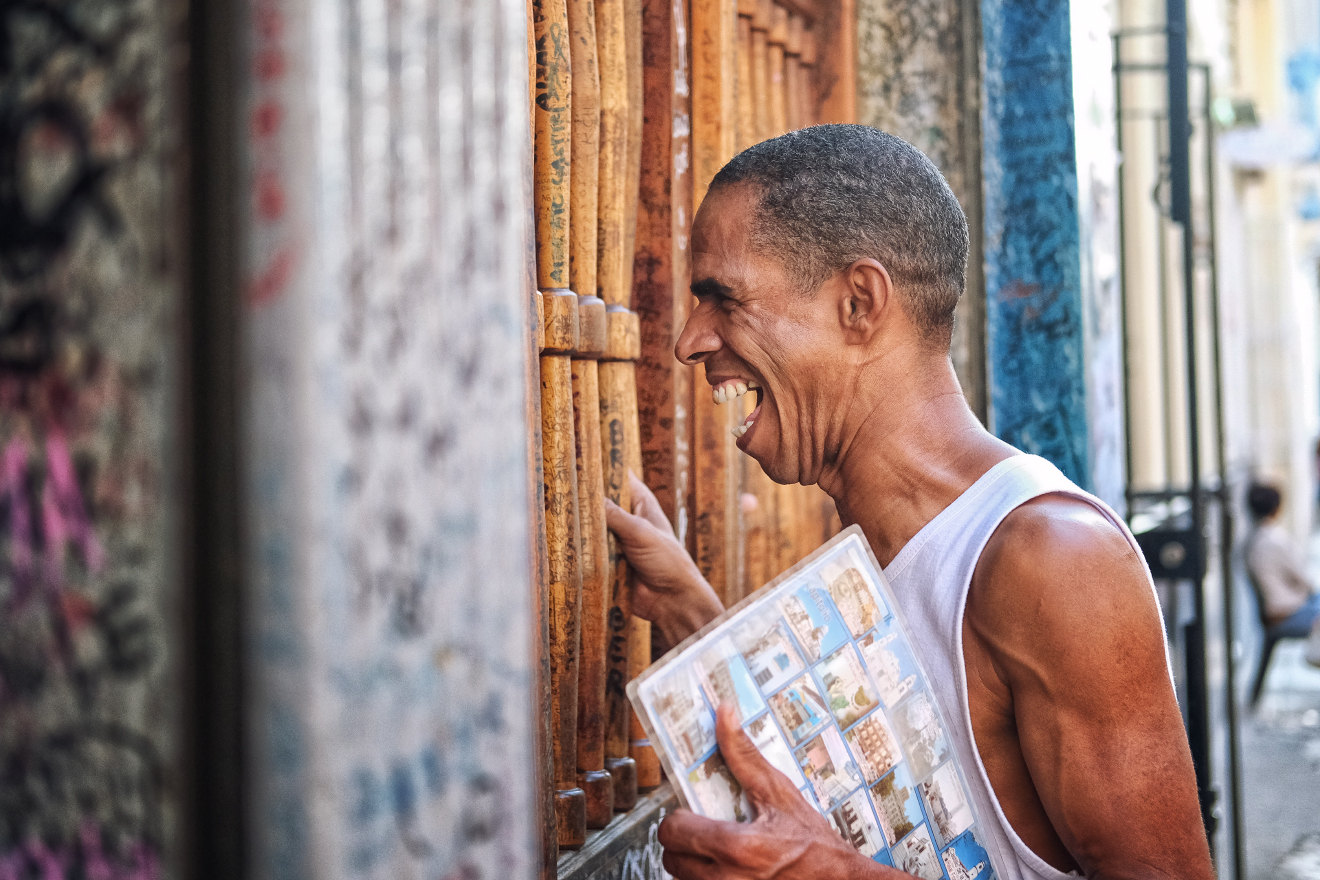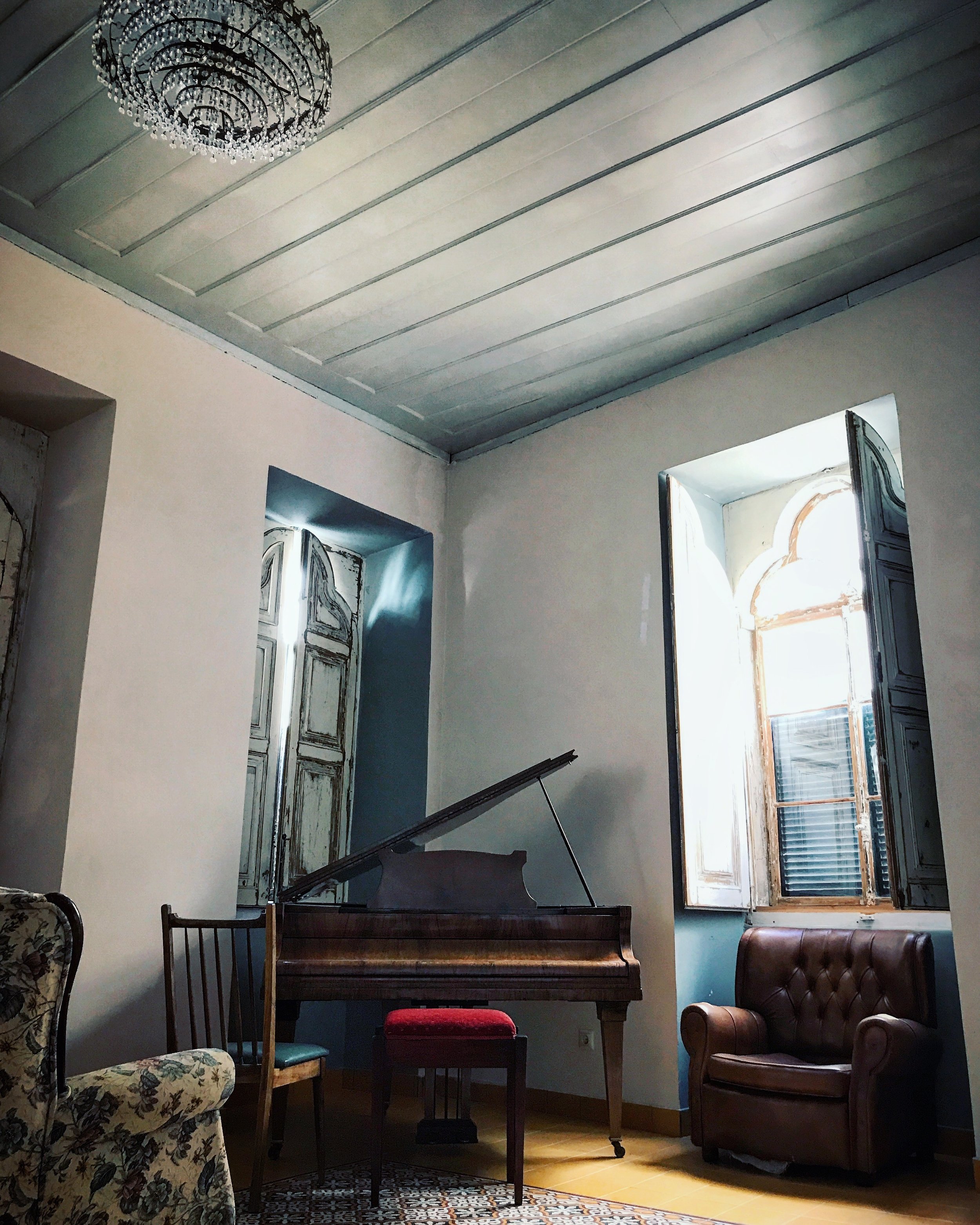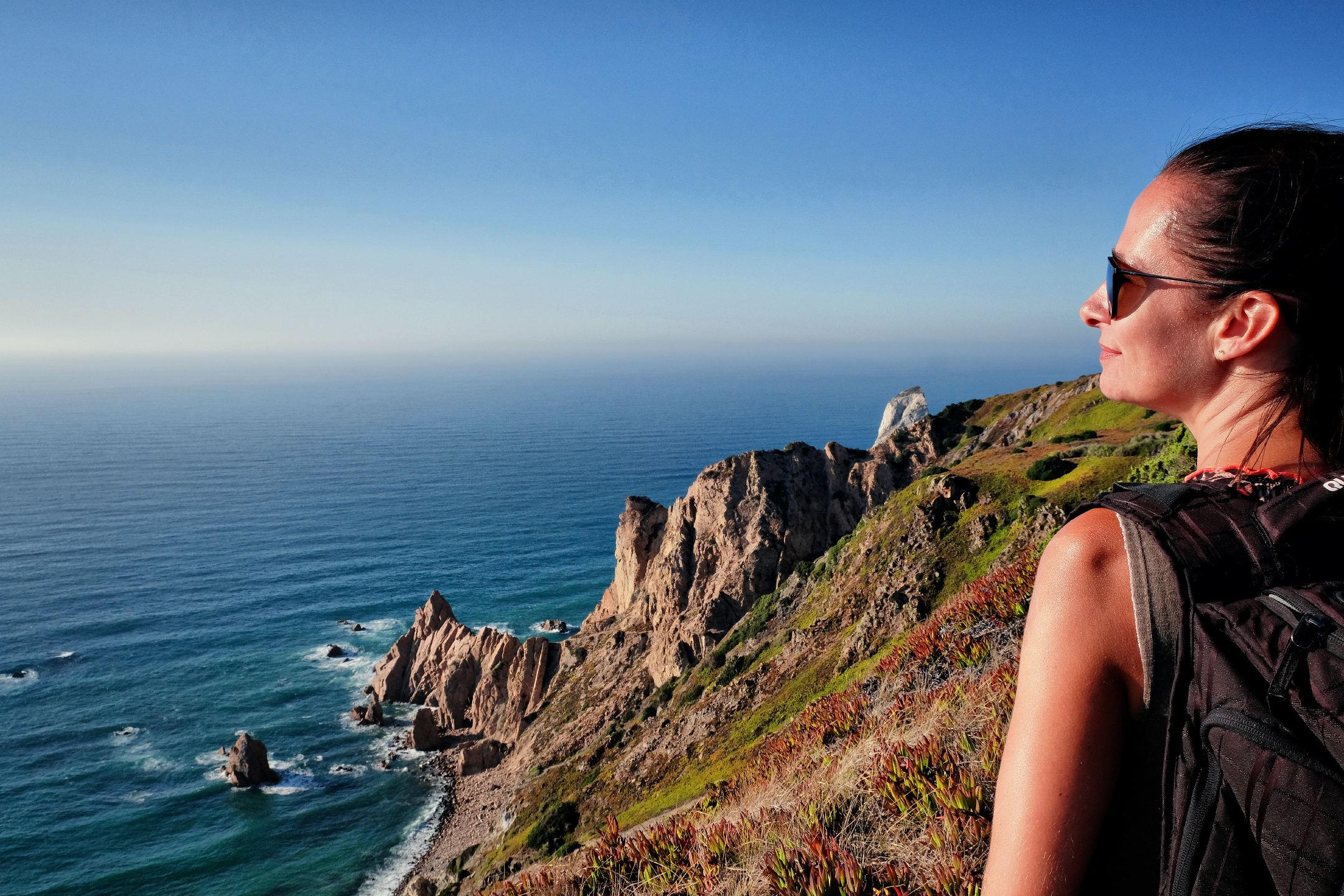What happened to Instagram and all those jaw-dropping blog-posts about the ever travelling “so-called influencers” these last months? Due do the pandemic explosion of the covid-19 virus, which drastically changed our daily routines within a couple of days. Flight companies stopped their activites 3 months ago, bloggers aren’t posting anymore, and travel-photographers lay down their cameras.
It seemed like the whole world stood still after the forced restrictions that we had to sustain. Will we ever be able to travel again, like we used to?
The first month actually didn’t feel that bad, staying at home, and having endless free time for your hobbies and the people who lived under the same roof. Running and cycling had become a daily habit. We started to spend less money, and we started to enjoy our own neighbourhoods.
However I have to admit after my 4th week in a kind of “lock-down” situation I missed spending the time abroad, hearing the sounds of a foreign language, eating a different cuisine, enjoying drinks at sunset with sand between my toes. The time off, gave me many occasions to reflect on what I went through these last years.
I clearly remember my very first “solo” trip to Norway in 2013, to visit my couchsurfer friend Martin, who back then, was living in Oslo. It was the first time when I decided to leave the country all by myself, to recover from a severe breakup. This trip actually was the spark that ignited to the fuel for solo-traveling. I discovered how fun it was to discover a city by yourself and get in touch with way more people than traveling as a group of friends.
Since then I’ve made it to my own bucket-list destinations, sometimes even multiple times: Japan, Cuba, Israel, Myanmar, Laos, Thailand, India, Vietnam…
Initially when I started this blog, I praised the way of “solo-traveling”, as it allowed me to get to know myself better, and it made me the person that I am today. There were moments of pride, joy, laughters and tears, however nothing will make those memories fade away.
Things have changed since 2013. For the last 2 years, I discovered beautiful places with my girlfriend by my side. Was it a big change? Actually no. I guess because, she and I, we were surfing the same wave, while we were traveling. Sharing a hostel, getting drunk on cheap booze, socialising with locals, walking around like college students on a budget trip… all this, wasn’t a big deal, and we barely had to set compromises. Now that I’m turning 38 this year, I’m slowly turning my back to those wild binge drinking nights, and looking for a more quiet and cozy bar that play smooth soul and jazz tunes to drift away into the night.
I can definitely agree, that both ways of traveling are totally fine, as long as the attitude stays authentic. I’m also pretty sure that this kind of traveling won’t change, as soon as kids starts seeing the light of our world. Parents shouldn’t blame their kids for their boredom in life. Stay curious, and keep that hunger for discovery alive.
These last days I really thought alot about my most memorable trips. Surprisingly the drunken nights weren’t those special moments. This comes from a person who loves to drink!
For me, it was rather the words that were spoken while sitting in a bar, or while sharing a cup of coffee. The last handshake or hug before saying goodbye. Or those seconds that froze time for the lenght of an eye-blink, like in Varanasi at sunrise. Those special moments, made me go back multiple times to the same place, as I was craving for repeating pleasant moments. Japan took over my heart within a heartbeat. I really wish that I could make it back to Japan this year. It would be my 6th trip to “Nihon”, every consecutive year.
Making new friends in Japan. Meeting the locals in Havana in a worn down bar. Getting smashed with buckets of water in Myanmar for the Sonkran Festival. Celebrating an indian wedding without alcohol. Feeling lost among the “ultra orthodox” in Jerusalem, but still being blown away by the cultural differences, those things in life, that money can’t buy.
I got a new laptop, my first one within 15 years. It kicked in with a tiny motivational swing to create a new video with passed experiences. Once you go through older videos or photos, by chance you can find an old gem of a scene or shot, that slipped through your catches while traveling. I edited a bunch of never used footage, that didn’t make it to the final cut back then. Shots of people we met on the road, however which didn’t really fit in the video back then. I’m glad to tag “Ishan”, “Shyam”, and “Ekko” to the video above.
We can’t wait to strap the old backpack around our shoulders and step back on the path that we were following for many years. I miss the sound of the sea, the stars in the asian skies, the tuk-tuk engine noises, the dirty flip-flop feets, and the street-food you can buy for a buck.


